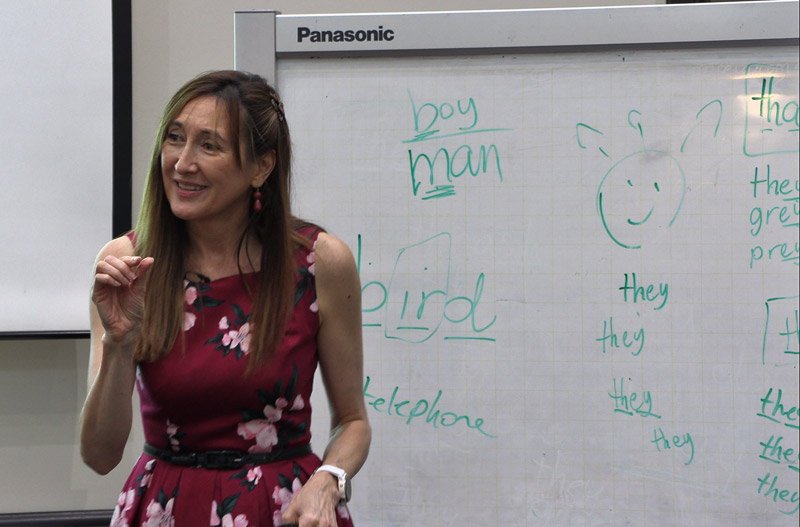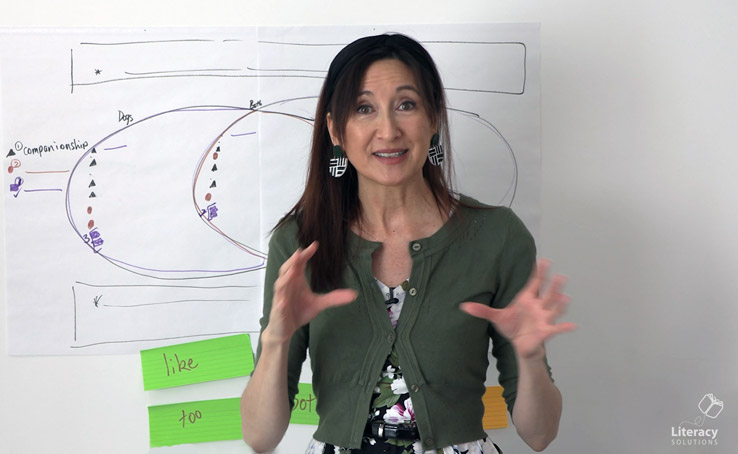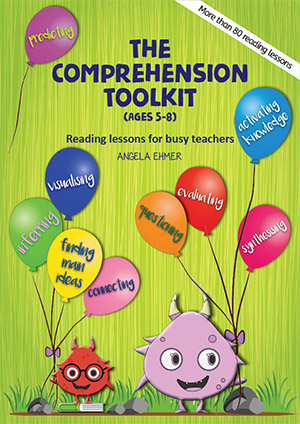Costs and benefits of commercially produced literacy programs
Many schools are planning for 2010 and I was recently asked for my thoughts about the purchase of a particular commercially produced program.
As far as educational research suggests, many commercially produced programs are not indicative of best teaching practice and are therefore not endorsed by education bodies or organisations.
This is not to suggest however, that programs of this type cannot be used by teachers as a useful supplement to good teaching. Many great teachers use these tools well. They know how to embed the learning within real contexts. Many of these programs focus on teaching skills and knowledge in isolation and not within the contexts of authentic reading and writing. The research is very strong in suggesting that children learn best when skills are taught within the contexts in which they apply. For example … How many children get the spelling words correct on the Friday test, but fail to record them correctly across other writing contexts? LOTS! Many students practise the spelling words out of context and then find it hard to solve these, or like words, when writing independently.
In short, effective teachers don’t need these products. They use data (including ongoing observations) to inform and differentiate instruction. Effective teachers using these products know that the product supports their teaching, and are aware that the product should not “become the instruction”. Commercially designed programs can become a problem for some children when they become the instructional program rather than a support for quality, explicit teaching and learning conducted by the most powerful teaching tool in the classroom, the teacher.
So what are the costs?
- Initial purchase price, ongoing costs and training if applicable
- Inflexible programs may follow a linear approach which rarely caters for all students
- Skills and knowledge may be addressed in isolation
- Programs cannot observe changes in learning across student groups and therefore instruction may not be differentiated as required
- may not identify students needing further instruction
- may not identify students requiring additional practice of key learning principles
- may not identify students for whom the program is not required – they already know and apply the knowledge
- Time allocated to implementation may be better used for explicit teaching of individuals, small and large groups
- Teachers can observe and monitor changes to student knowledge … Does the program do this?
- Does the program assign “busy work”? What are the instructional goals of these tasks? Are there more effective ways to achieve follow up goals than the tasks provided?
- Some children find the method of learning uninteresting.
What are the benefits?
- They save time for busy teachers, i.e.
- identifying instructional goals
- planning and sequencing the learning
- follow up tasks
- Content may be thoroughly outlined and this prevents possible teaching oversights
- Assist in providing routines for teaching and learning
- May be easy to use
- Some children enjoy the method of learning.
I’m not suggesting that these products not be used … only that they should be used thoughtfully, with understandings of their strengths and limitations and always in conjunction with best teaching practices.
What is a ‘research based’ program?
When products or programs claim to be research-based, is important to clarify the source of the research, and whether any bias is likely to exist. Any claim can be made on product labels. It is up to the consumer to be discerning.
To be considered valid, the research should be conducted by an independent body. It should be conducted by, or closely supervised by, independent researchers with credibility within their field. To meet educational research standards, studies should meet the following criteria:
- data is gathered rigorously over a reasonable period
- data is gathered, collated and analysed by independent researchers
- a pool of suitable, voluntary participants is involved (i.e. randomly selected control and experimental groups working in similar conditions, with similarly skilled practitioners working towards the same instructional goals, but using different, clearly defined, tightly controlled methods)
- further studies replicate the findings (i.e. should the study be repeated, the same outcomes would be evident)
- studies are not biased, are conducted ethically and occur with full, informed consent
- researchers are open and honest about the results and the full findings are published in reputable, industry journals or publications.





I fully support your comments Angela. Teachers are such busy people that it is easy for them to rely on pre-produced resources at times. I think, also, that many times teachers think that because it’s commercially produced it must be better than what they could design. That is just not true in my experience. We are moving very strongly away from the use of commercial packages and using our literacy resources to develop banks of books that can be used for relevant levels, interests and for differentiation within the classroom. Thanks for your balanced insights.
A few teachers and I were just discussing this concept today and certainly agree with your comments. It is too easy to use ready made products because they save time. If teachers really have their students in mind when they are planning, they would soon realise they can make similar items to suit the purpose of the task – aiming at the needs of the students within their class. The use of literature as a base can lead to some excellent work. Teachers do need to build confidence in their own ability. Thank you for your timely and well stated comments. I will share these at the Year Level Meeting this week.
I have often had this discussion with teachers and although there are some really effective ready made products available it is necessary to balance the use of these products with your own knowledge of the students in your class. Often you, as the teacher can develop more effective programs yourself. Teachers need to believe in their own ability and knowledge and have faith that their programs meet the individual needs of their students. Thank you for such an insightful view into this subject.
The teaching of literacy is a skill that cannot be purchased in a box or on a CD/DVD. Commercially produced programs cannot replace responsive and informed teaching. These programs are resources that can be interesting and compliment our teaching. For this we must be very selective and understand that any one program cannot drive an entire classroom/ school literacy program. Thanks Angela for providing these forums for teachers to share.
I am a little confused about a program claiming to be “research-based”. Does it mean that they are claiming that the program is based on sound literacy teaching principles that have been well researched and validated? Or does it mean that the program itself has been thoroughly evaluated in a rigorous manner? These are quite different claims. My initial interpretation was that it would mean “based on (previous) research”. I had never stopped to think that the term “research-based” could be ambiguous. Perhaps those producing the programs need to be express it differently to make the intended meaning clear.
It is very exhalirating to read about this richness and variety of sources and documents.So,Iwould be thankfuL to read about communicative writing for beginners as well as preintermediate level.I am also inerested in receiving texts of this level to engage my teachers in equiping learners with reading skills for our curriculum focuses on communicative reading and writing.Thanking you in advanca.